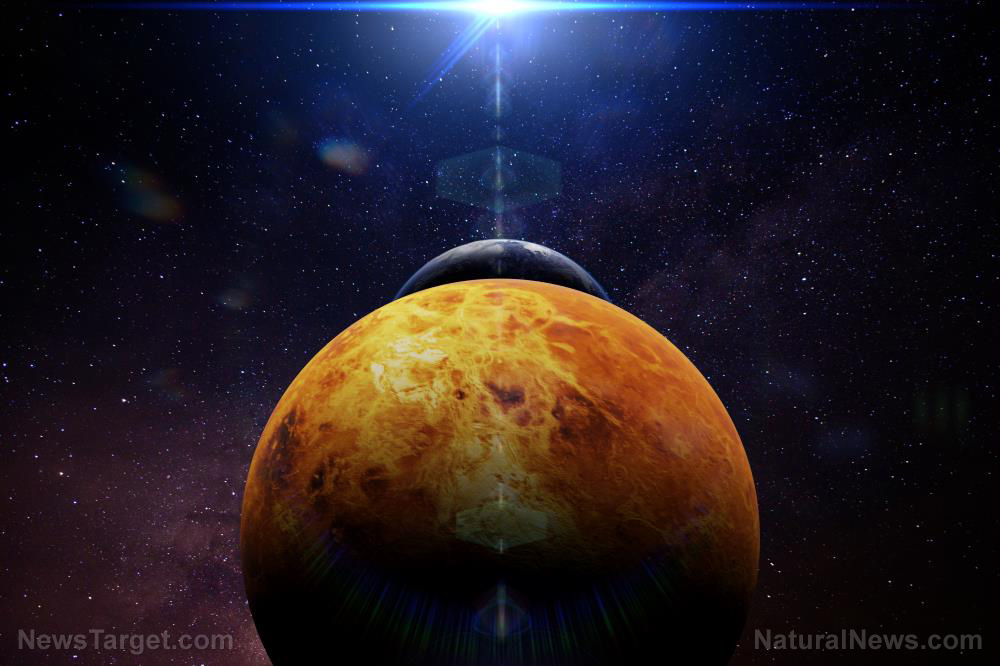
The Transiting Exoplanet Survey Satellite (TESS) has spotted a planet circling the dwarf star called HD 21749, which is 53 light-years away from Earth. This world, dubbed HD 21749b, is gaseous but not a gas giant like Jupiter or even Neptune. Experts classified it as a sub-Neptune.
“It's so exciting that TESS, which launched just about a year ago, is already a game-changer in the planet-hunting business,” explained Carnegie Institution for Science (Carnegie) researcher Johanna Teske. She served as the co-author of the study on the new discoveries.
TESS examines some of the brightest and nearest stars on the off chance that they have planets orbiting them. It looks for transits, the small drops in luminosity when an exoplanet passes between its parent star and the space telescope.
Kepler also relied on the transit method to spot alien worlds. The retired space observatory proved very successful, accounting for 70 percent of the 4,000 exoplanets known currently. NASA predicts that TESS will outperform its predecessor. (Related: Has the second “alien megastructure” been found?)
New space telescope finds its first Earth-sized rocky planet
The best outcome is for TESS to find potentially habitable worlds in star systems that are in the range of other instruments. For example, the future James Webb space telescope will scan the atmospheres of planets in search of gases produced by living organisms.
TESS also discovered a "sibling" of the newly discovered Earth-sized planet – a smaller rocky world called HD 21749c. Sadly, it does not appear to be hospitable. With an orbital period of less than eight Earth days, HD 21749c is too close for comfort to its parent star.
Further, the star HD 21749 measures around 80 percent of the size of the sun. As a result, its planet is likely scorching hot.
The Carnegie-led research team calculated the size of HD 21749c by examining the transit data from TESS. They looked at the percentage of the stellar disk that the exoplanet obscured.
Mass is another thing entirely. The researchers took data from ground-based spectrographs that measured the gravitational pull of the other exoplanet, HD 21749b, on its parent star.
Using the other method, they succeeded in determining the mass of the second alien world. HD 21749b weighed the equivalent of 23 Earths.
Further, the transit data from TESS suggested that the second exoplanet measured 2.7 times wider than Earth. The researchers surmised that HD 21749b is gaseous compared to its rocky sibling HD 21749c, but it is also far smaller than Uranus and Neptune in the solar system.
TESS will find more exoplanets that may possibly support Earth-like life
Of the planets found by TESS, HD 21749b takes the most time to complete one orbit around its parent star. Its orbital period is 36 Earth days.
When they announced their discovery of HD 21749b in early 2019, Carnegie researchers estimated its surface temperature at 300 F (150 C). They also brought up the possibility of another exoplanet, which turned out to be HD 21749c. The mass of the Earth-sized rocky planet remains unknown. They need more accurate data for their calculations.
“Measuring the exact mass and composition of such a small planet will be challenging, but important for comparing HD 21749c to Earth,” explained Carnegie researcher Sharon Wang, who co-wrote the study alongside Teske. “Carnegie’s PFS team is continuing to collect data on this object with this goal in mind.”
While HD 21749c appears unsuited to host organic life like those on Earth, the research team believes that TESS will eventually turn up more candidates for life-bearing worlds.
Sources include:
Please contact us for more information.























